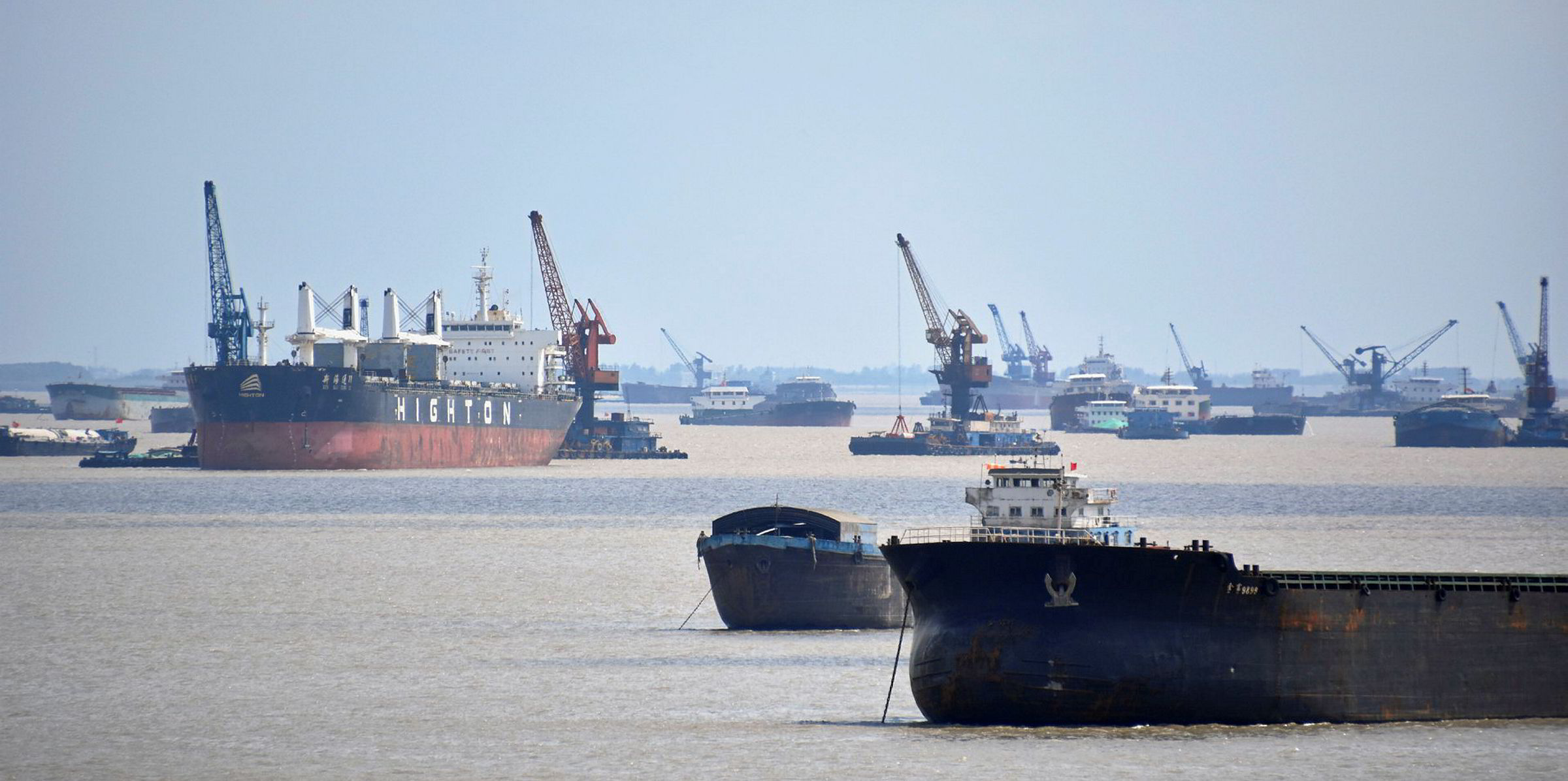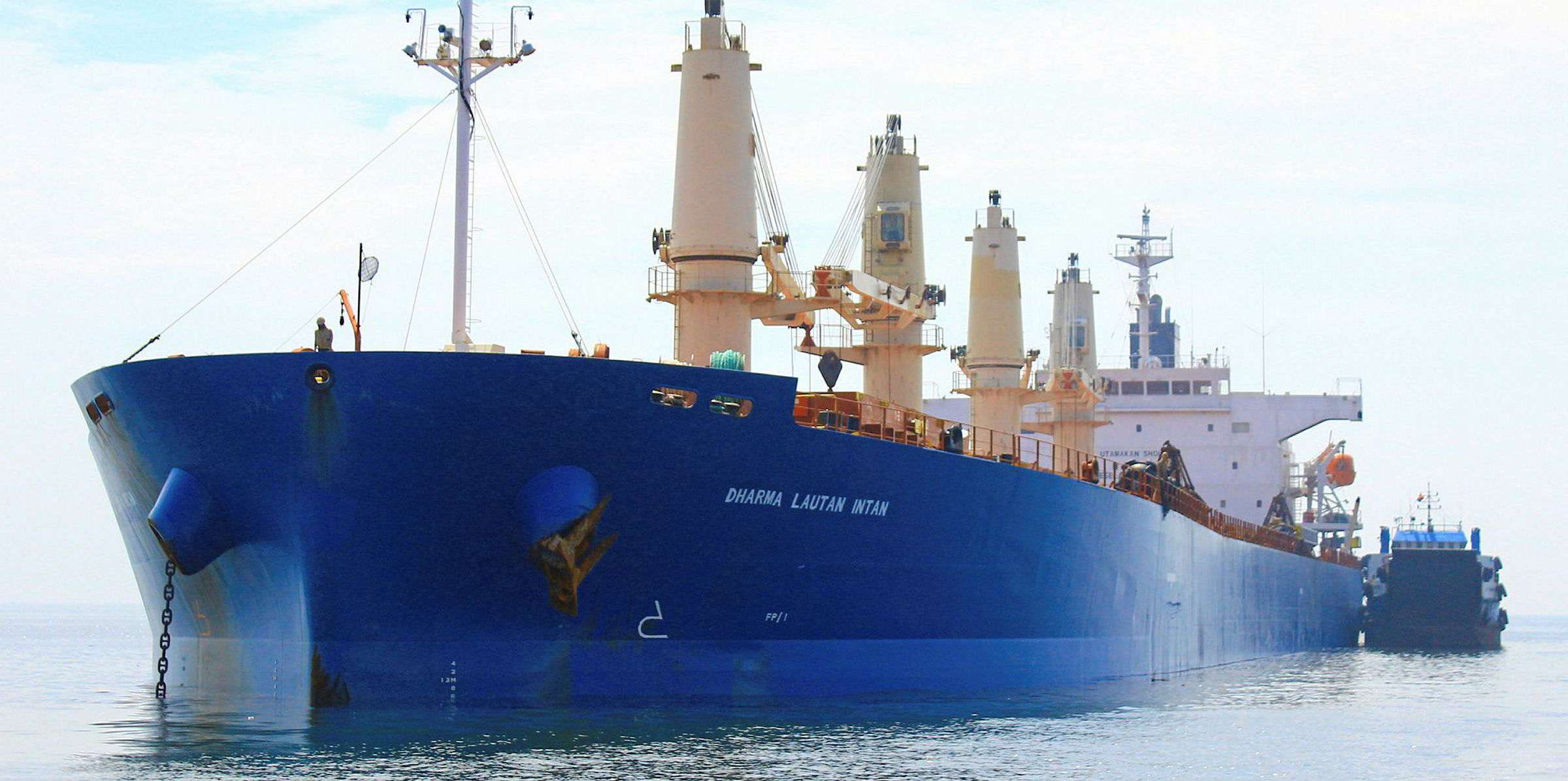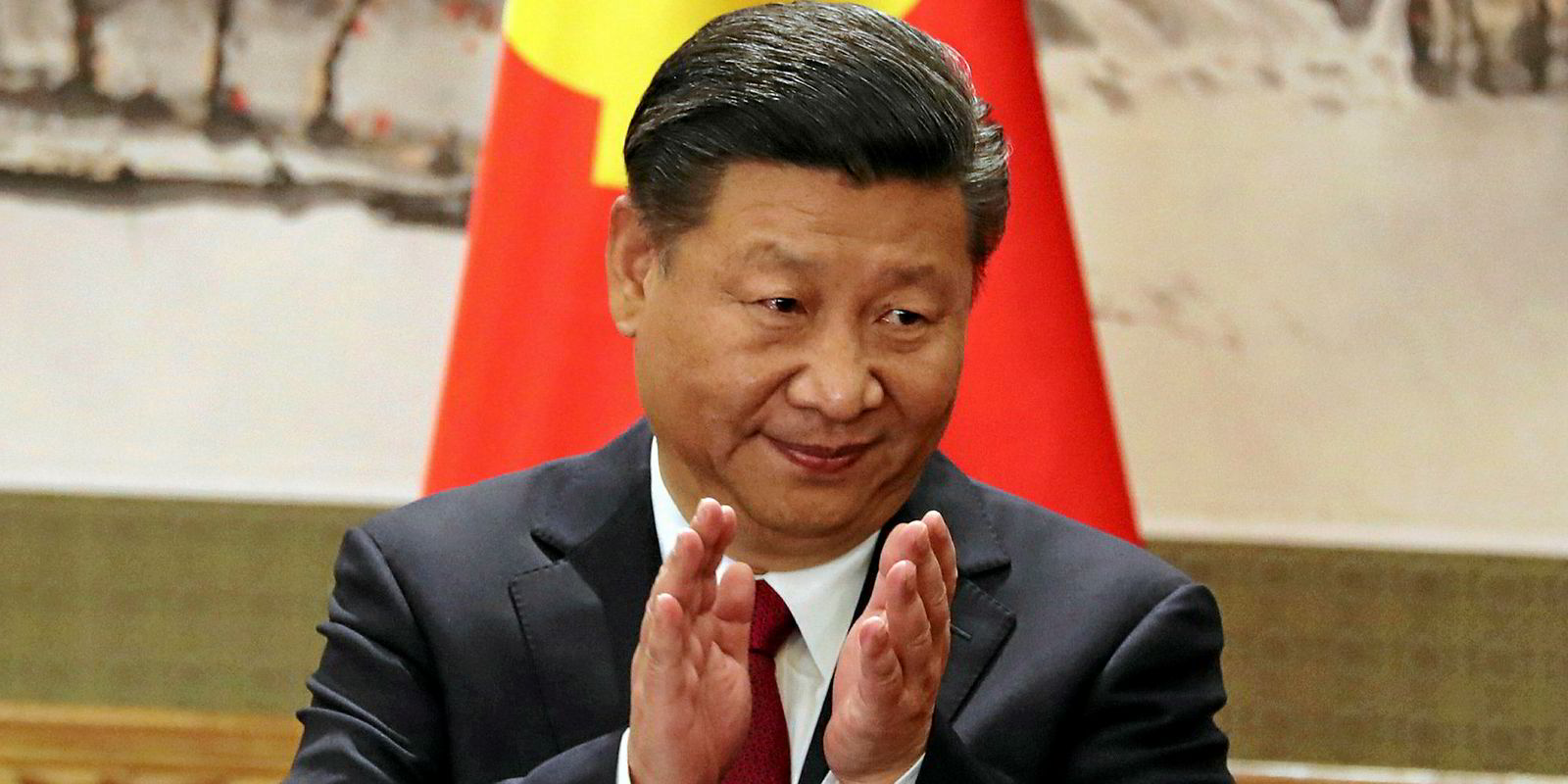Having loaded coal from Gladstone, Australia, towards the end of January, a capesize bulker embarked on a seemly ordinary journey to China.
The Australia-China trade lane is one of the busiest in the world, with hundreds of coal shipments taking place each year. If things go smoothly, such journeys can be completed within three weeks.
Yet somehow, the 176,200-dwt Roberto Rizzo (built 2009) had to stay at the anchorage of Rizhao for 10 days after arriving there in mid-February.
It took another 10 days for discharge operations to be completed, and the Roberto Rizzo was only able to leave the Chinese port on 3 March, according to vessel tracking data.
Scale of slowdown
The Italy-flagged ship is just one of more than 20 bulkers laden with Australian coal facing extensive delays at Chinese ports this year. It is not the unluckiest. Some accounts suggest waiting times can exceed 50 days.
Welcome to the new world of Asian shipping, where geopolitical factors are playing an increasingly important role.
While China, the world’s largest coal consumer, has imposed occasional restrictions on coal imports since 2017, it was only this year that Australian supply has been singled out.
Even though government officials deny official restrictions exist, some market players claim the slower-than-normal customs clearance for Australian coal in China comes after verbal instructions from Beijing.
The situation has arisen after Canberra banned Chinese telecoms giant Huawei Technologies from Australia’s 5G networks, apparently siding with the US geopolitically, while cancelling the residence visa for prominent Chinese businessman Huang Xiangmo for allegedly meddling in domestic politics.
“The Australia-China coal trade issue is about bilateral relationships. There have been several incidents, and there is probably some more [tension] on the background,” says a Chinese bulker owner close to state-owned enterprises.
When it comes to trade, nothing happens in isolation. Trade tensions among major economies are bound to have spillovers, externalities and several ripple effects on many other countries
UNCTAD
“China can do this as there are enough stocks and domestic production is high enough, and the seasonal demand is low in the second quarter. This restriction will likely only be relaxed when political situations improve or Chinese firms need to restock.”
Impact on rates
The shipowner explains: “This is obviously negative for dry bulk shipping rates, which have already been bad this year.”
Across vessel classes, earnings for bulkers have struggled to stay above break-even levels this year. Market participants suggest the weakness results from Brazil’s iron ore exports woes following a deadly dam accident and a global economic slowdown.
In Asia, the world’s seaborne cargo demand centre, manufacturing economies such as Japan, Taiwan and South Korea have posted dismal export figures in recent months as China — the region’s growth engine — faces its slowest economic expansion since 1990.
While analysts have largely attributed the Chinese slowdown to weakening domestic demand and industrial activity amid deleveraging efforts, the fact that the world’s number two economy has been embroiled in a $360bn trade war with the US, the world’s largest and its top trading partner, has not helped.
“There has likely been some indirect impact from the rise in US-China trade tensions on business and investor confidence,” Fitch chief economist Brian Coulton says.
The two sides have been engaged in trade talks, but a resolution was yet to be found at the time of writing. If the US eventually decides to impose an additional 15% tariff on $200bn-worth of Chinese imports as earlier threatened, a United Nations Conference on Trade and Development (UNCTAD) study has found trading losses for East Asia would amount to $160bn due to unravelling supply chains.
“When it comes to trade, nothing happens in isolation. Trade tensions among major economies are bound to have spillovers, externalities and several ripple effects on many other countries,” according to the UNCTAD study.
“The imposition of a tariff would have far reaching consequences beyond the country and sector directly targeted.”
Globalisation unravels
Some point out that the China-US trade war is only a symptom of wider geopolitical changes disfavouring maritime trades. Since the end of the Cold War, global trade has expanded rapidly to a great degree because developed countries allow their manufacturing sectors move to emerging economies, especially China, at a large scale in exchange of cheap goods.
Those factors appear no more due to stagnating incomes of large populations in Europe and the US, which have eventually led to strong backlashes against free trade and globalisation in recent years.
“The global structure as we know is changing. … China is the manifestation of the problem,” Drewry managing director Arjun Batra says. "Globalisation has peaked."
The new geopolitical reality could push Asian economies to expedite their shift from the export-oriented growth model to a more self-reliant one. “It was a great a period when the [global] trade was relatively un-politicalised,” Control Risks senior partner Dane Chamorro says. “For most economies in the world, the future is about domestic demand, not about trade.”
As showcased in recent trade tension, “trading partners can always leverage” a country that relies on trade-driven growth, according to Chamorro. “The world will become more fragmented.”
Different shipping requirements are expected to emerge as maritime trades become more regionalised, such as the planned small-scale LNG projects in Indonesia — which consist of floating storage and regasification units and vessels to serve the archipelago’s rising energy consumption.
Going local
“Your focus moves away from deepsea shipping. The new focus moves to business-to-business logistics networks within regions,” says Clarksons Research non-executive president Martin Stopford. “You need shipping companies that can do that.”
“To become self-efficient… in shipping we push for shortsea,” says Stopford, adding that a stronger environmental push to reduce carbon footprint could also be an aid to this process.
As for container shipping, a major driver could be the recent outflows of low-level manufacturing jobs from China to Vietnam, Malaysia and Thailand as a result of rising Chinese labour costs. The relocations could even speed up amid the China-US rivalry as manufacturers seek to avoid trade barriers, according to some analyst.
Maritime Strategies International analyst Daniel Richards says such a development could lead to more trades within South East Asia, whose demand would be met by regional manufacturers. “That will lower sailing distances and tend to favour small ships.”
Overall, shipping is urged to adopt increasingly piecemeal trades, whose development tends to be more driven by political factors these days.
“We have gone through a golden era of shipping in the last 30 years. The next 30 years are not going to be as wonderful as what happened,” Batra says.
“For mid[-term] and long-term, shipping has to respond in a very different way because social economies are changing.”
This article is part of the Maritime Asia business focus. Read the full report in the next weekly edition.







